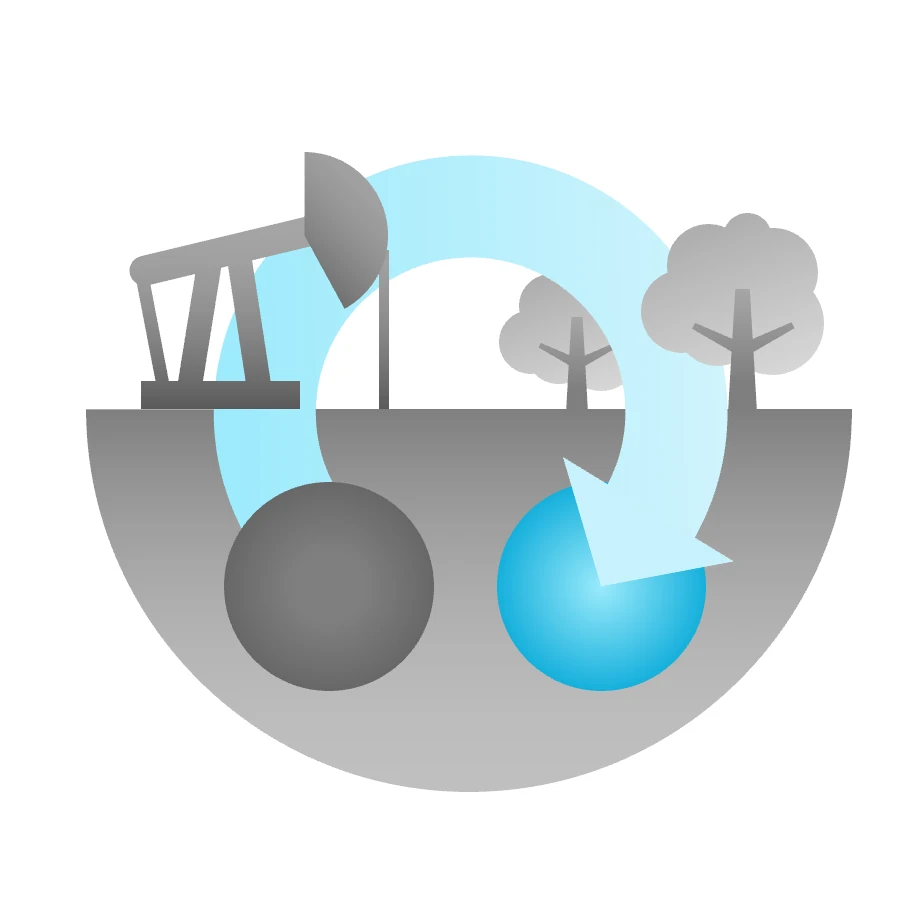Our Research
The reserach in our section falls into three categories: Geo-Energy, Geo-environmental Protection, and Computational Geosciences.
Geo-Energy
Our research on geo-energy explores methods to harness Earth's geothermal energy, advances the storage of liquid hydrogen in the subsurface, and studies the carbon footprint.
Geo-Environmental Protection
Industrial operations and anthopogenic interventions carry risks. Our research explores techniques to mitigate the impact of fossil fuel consumption, and analyzes the consequences of subsurface operations to reduce their future impact.
Computational Geoscience
The subsurface is mostly out of reach and out of sight. To rigorously analyse and predict the impact of subsurface operations, we advance research in data assimilation, optimization and control theory, and numerical simulation.
Our Publications
Below, you can access a list of our section's most recent publications.
- Mengjie Zhao, Yuhang Wang, Marc Gerritsma, Hadi Hajibeygi, (2023), Efficient simulation of CO<sub>2</sub> migration dynamics in deep saline aquifers using a multi-task deep learning technique with consistency, In Advances in Water Resources Volume 178.
- Hamed Ali Diab-Montero, Meng Li, Ylona van Dinther, Femke C. Vossepoel, (2023), Estimating the occurrence of slow slip events and earthquakes with an ensemble Kalman filter, In Geophysical Journal International Volume 234 p.1701-1721.
- M. Aghajanloo, S. Jones, L. Yan, D. Voskov, R. Farajzadeh, Evaluation of CO2 Hydrate Saturation in Porous Core Experiments Using Medical CT Images, In Energy & Fuels Volume 38 p.11037−11042.
- Milad Naderloo, Kishan Ramesh Kumar, Edgar Hernandez, Hadi Hajibeygi, Auke Barnhoorn, (2023), Experimental and numerical investigation of sandstone deformation under cycling loading relevant for underground energy storage, In Journal of Energy Storage Volume 64.
- Michiel Wapperom, Xiaoming Tian, Aleks Novikov, Denis Voskov, (2023), FluidFlower Benchmark: Lessons Learned from the Perspective of Subsurface Simulation, In Transport in Porous Media Volume 151 p.1033-1052.
- Kishan Ramesh Kumar, Herminio T. Honorio, Hadi Hajibeygi, (2023), Fully-Coupled Multiscale Poromechanical Simulation Relevant for Underground Gas Storage, In Challenges and Innovations in Geomechanics Volume 3 p.583-590, Springer.
- X. Tian, General-purpose Inverse Modeling Framework for Energy Transition Applications Based on Adjoint Method and Operator-Based Linearization
- K. Ramesh Kumar, Geomechanical Study of Underground Hydrogen Storage
- Farzaneh Nazari, Shokoufeh Aghabozorgi Nafchi, Ehsan Vahabzadeh Asbaghi, Rouhi Farajzadeh, Vahid J. Niasar, (2023), Impact of capillary pressure hysteresis and injection-withdrawal schemes on performance of underground hydrogen storage, In International Journal of Hydrogen Energy Volume 50 p.1263-1280.
- Hamad S. Al-Kharra'a, Karl Heinz A.A. Wolf, Abdulrahman A. AlQuraishi, Mohamed A. Mahmoud, Ivan Deshenenkov, Mohammed A. AlDuhailan, Sulaiman A. Alarifi, Naif B. AlQahtani, Pacelli L.J. Zitha, More Authors, (2023), Impact of clay mineralogy on the petrophysical properties of tight sandstones, In Geoenergy Science and Engineering Volume 227.








